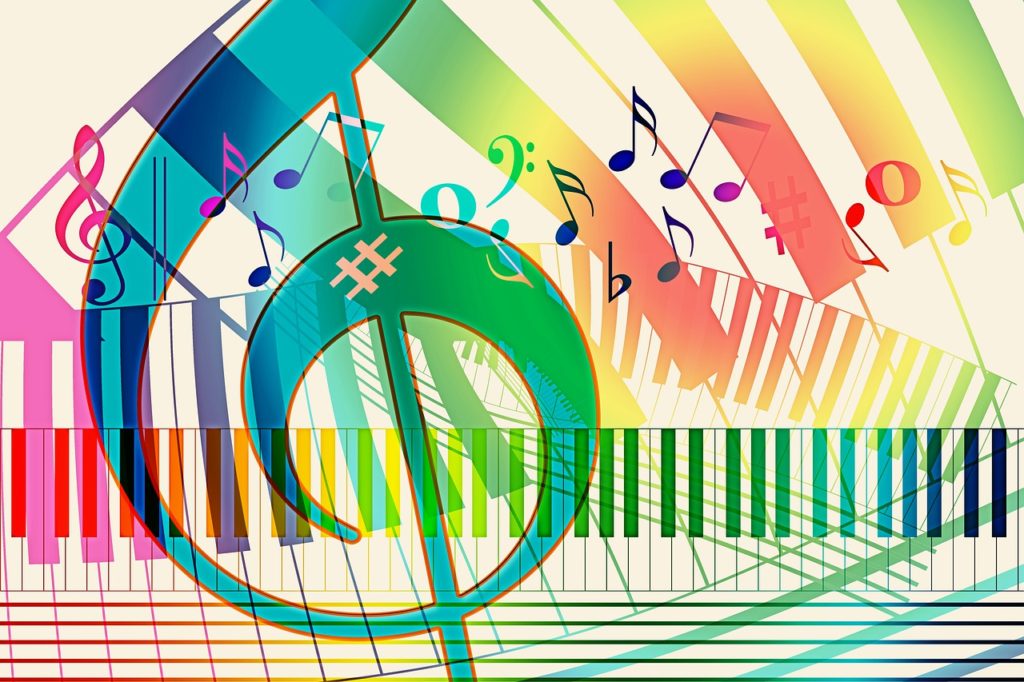Have you ever had a piano student who couldn’t tell the treble from the bass clef? Read more to learn how to color code the clefs for LD, ADD, ASD, and special needs students.
- There are a few reasons to color code the clefs. As we saw in the last color post, color coding the clefs allows us to match up the staves with the hand icons in the score.
- This allows the student to know which hand to use when playing either the treble or bass staff. Another reason to color code the clefs is that the clef acts as a compass for the notes of the staff.
First, a little background.
(This post uses musical terms. For definitions, see the Glossary at the end of the article.)


